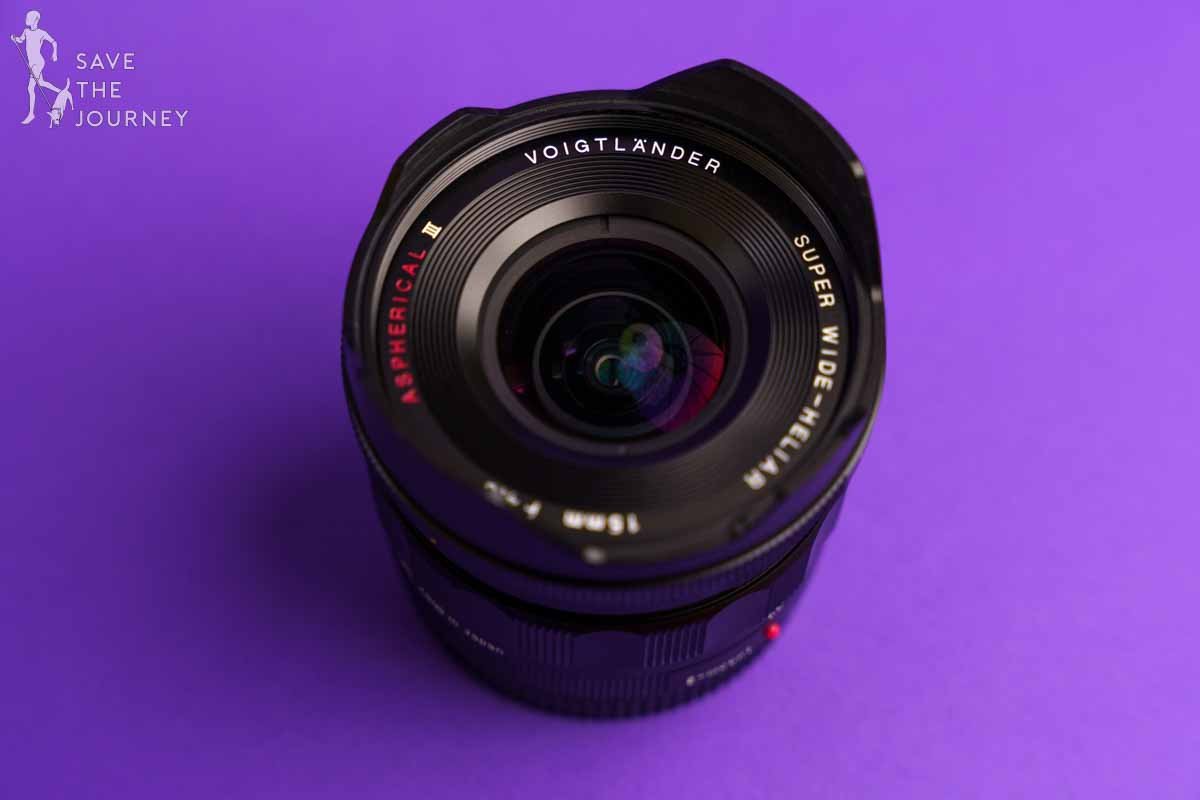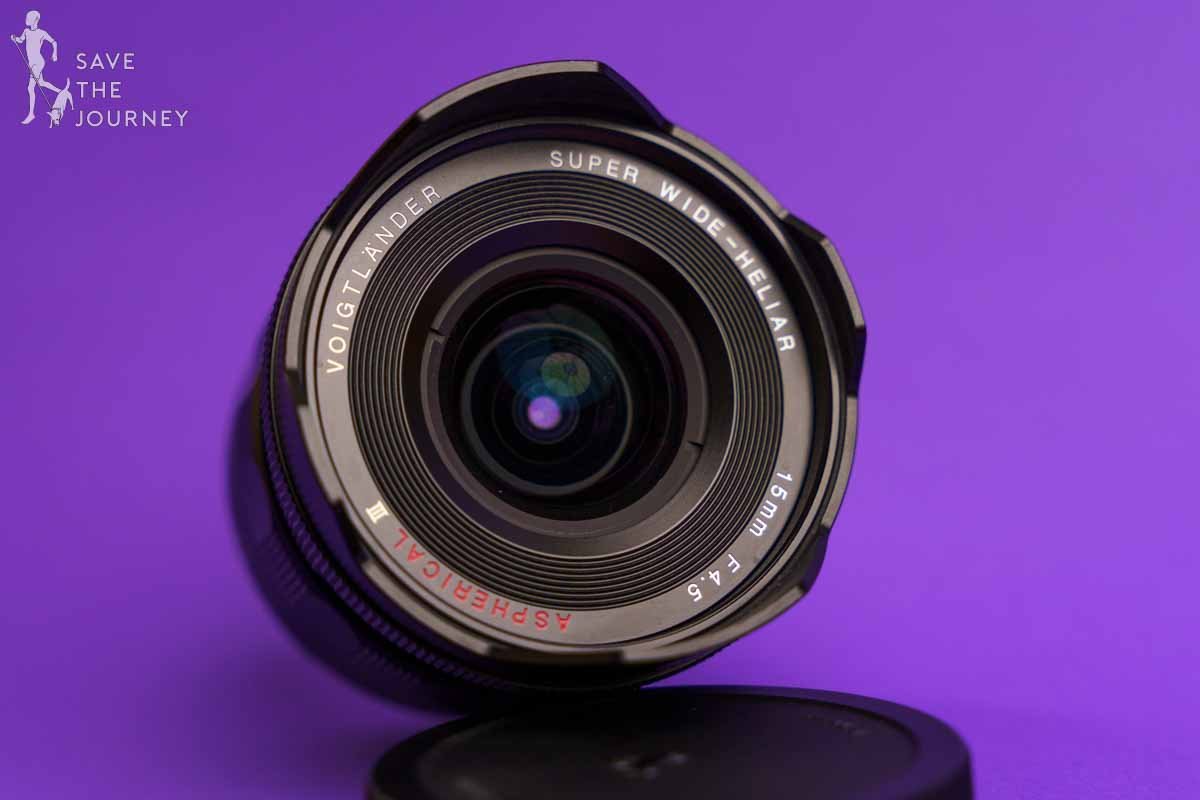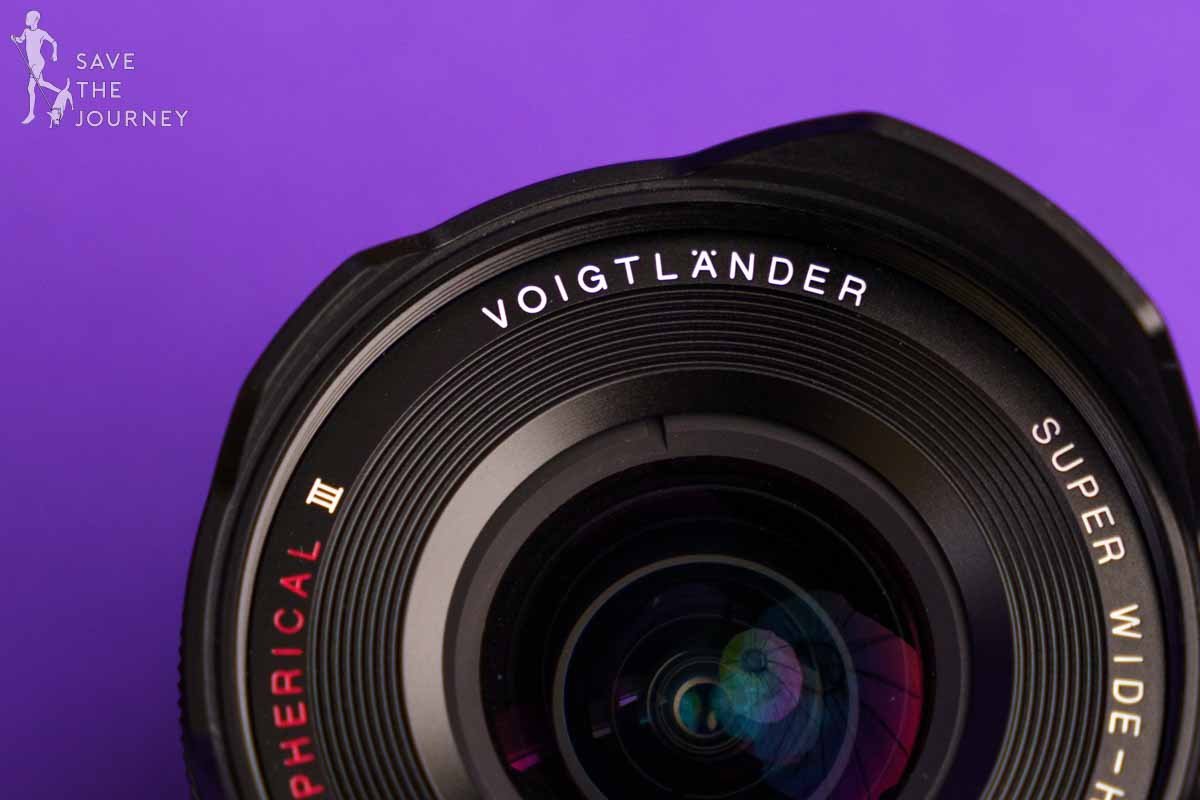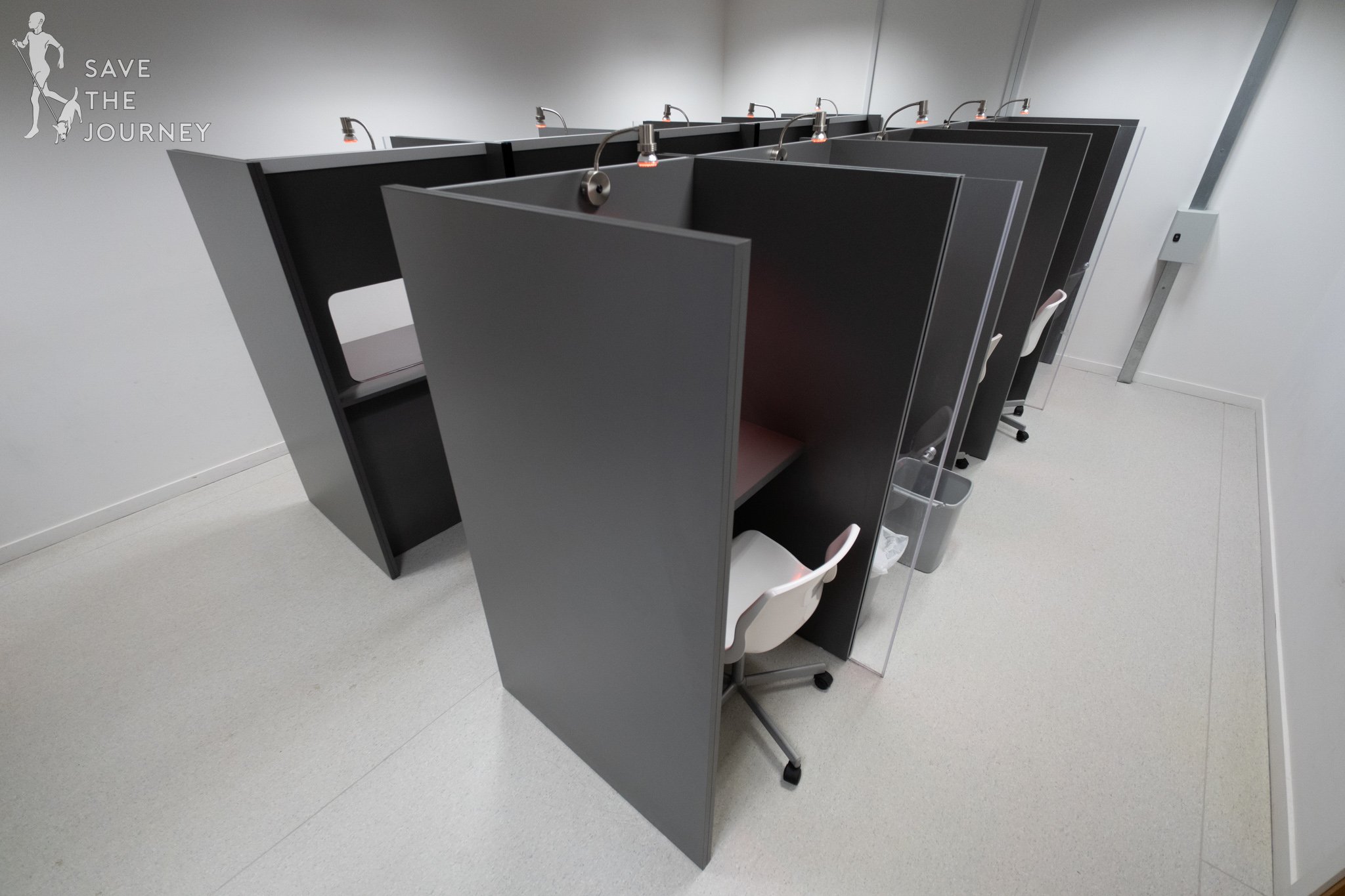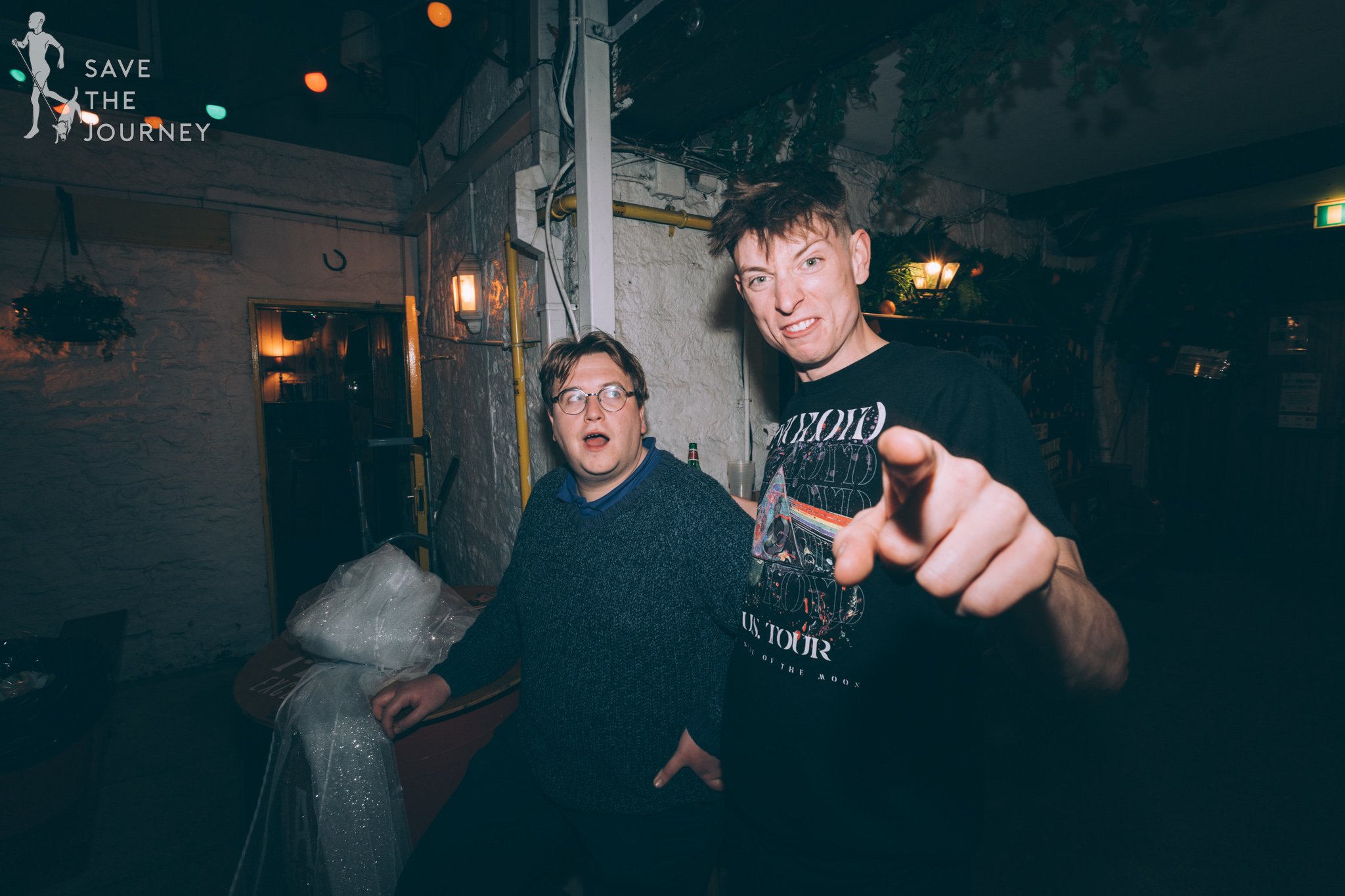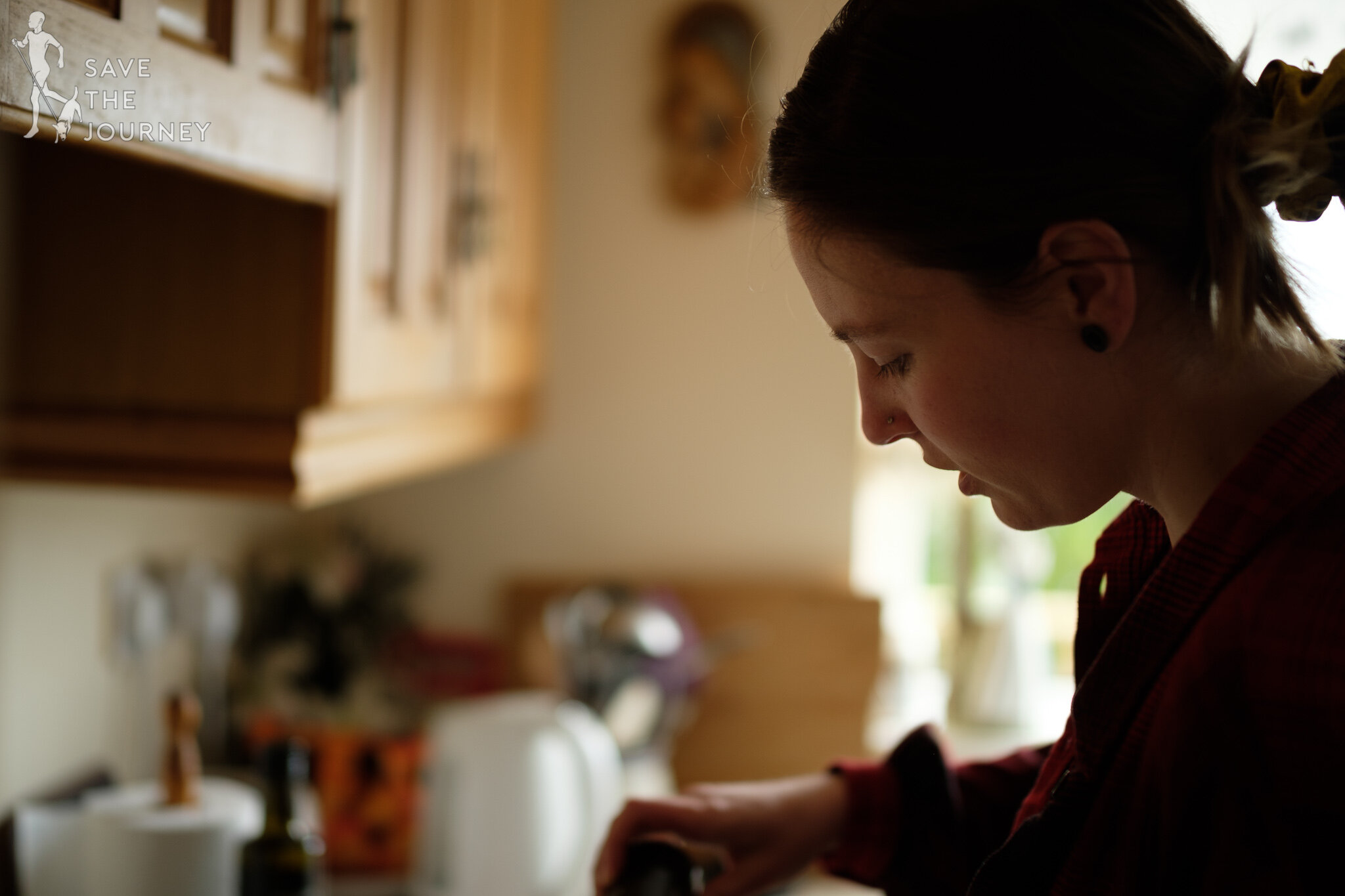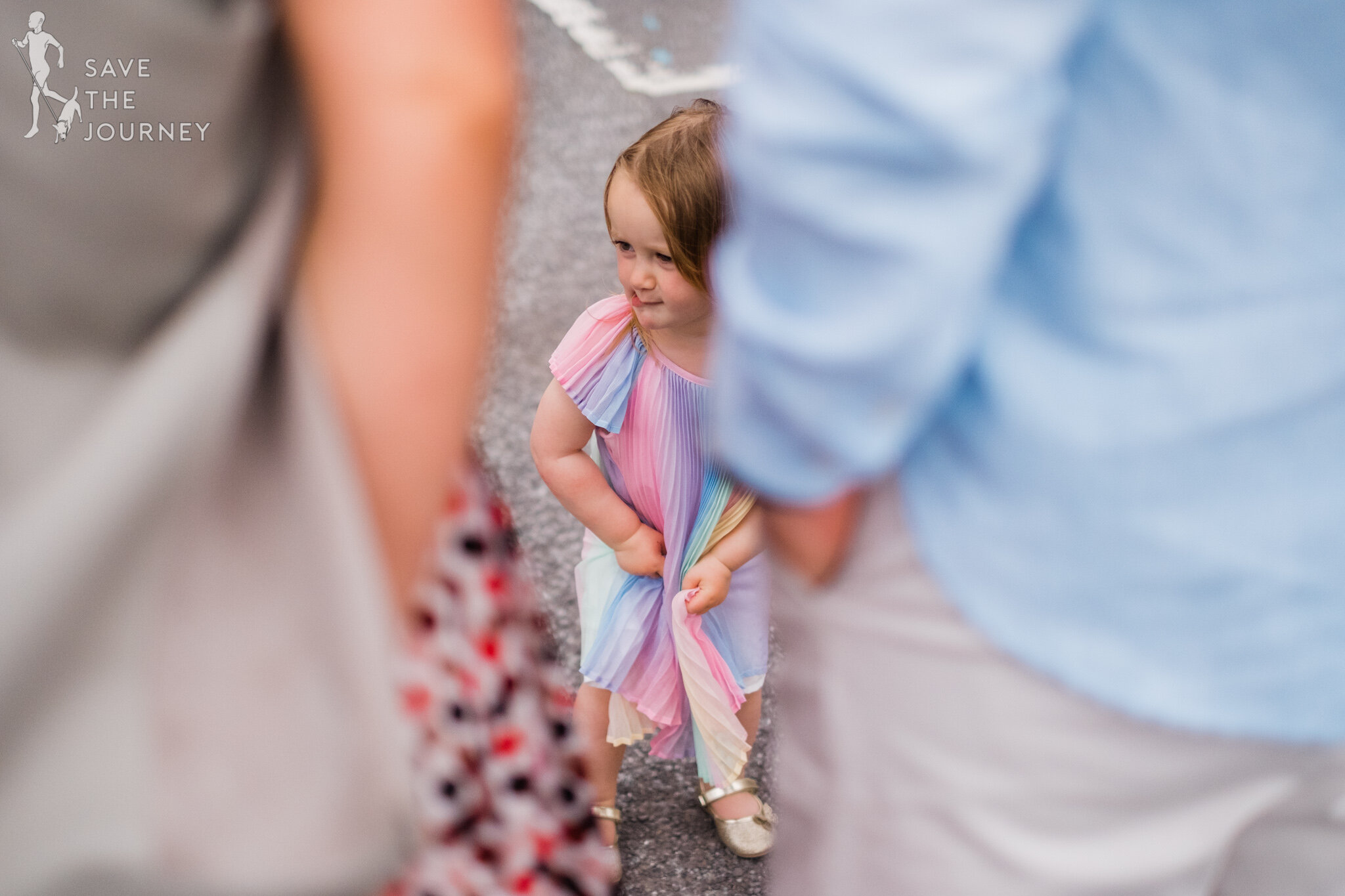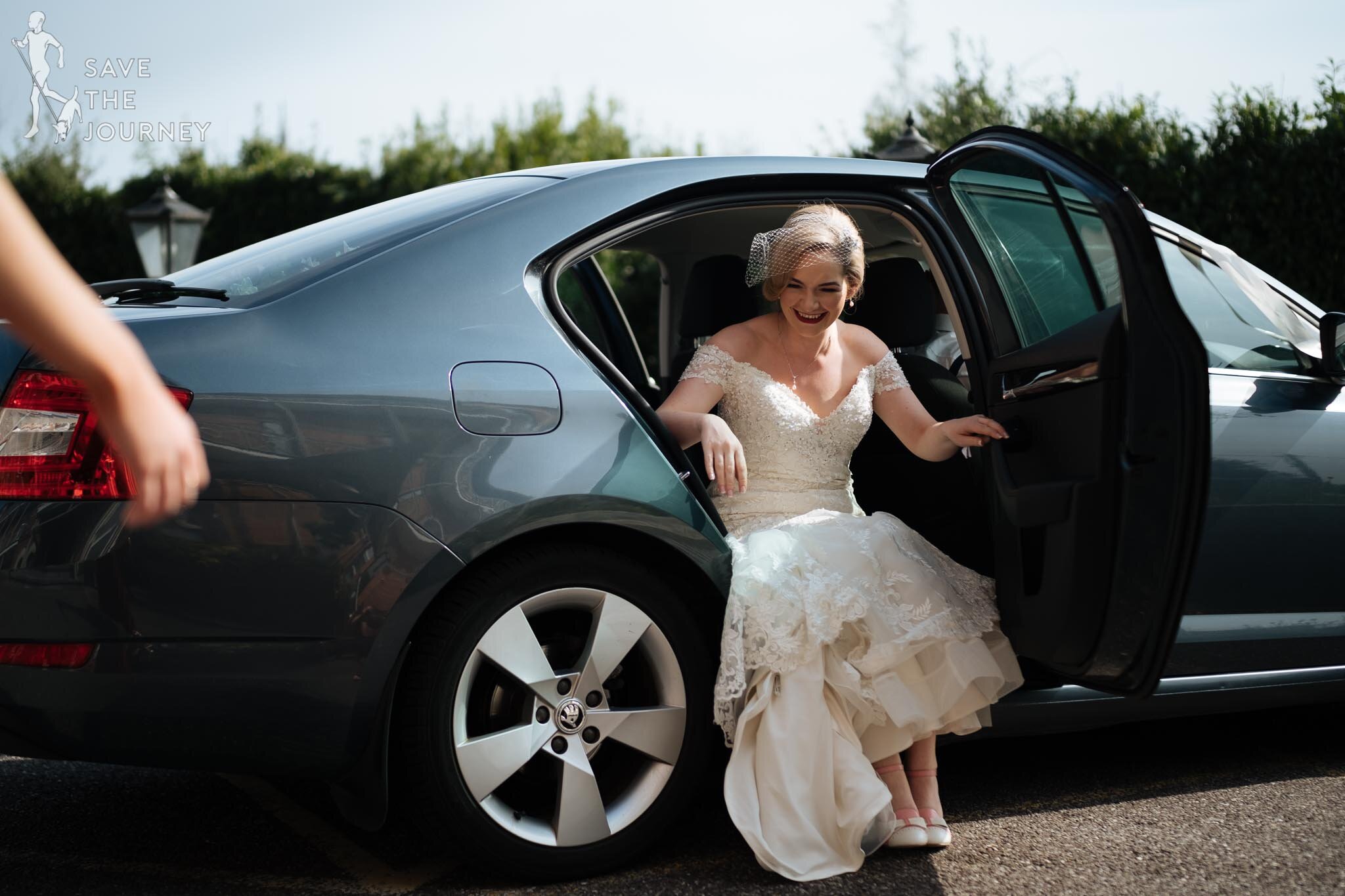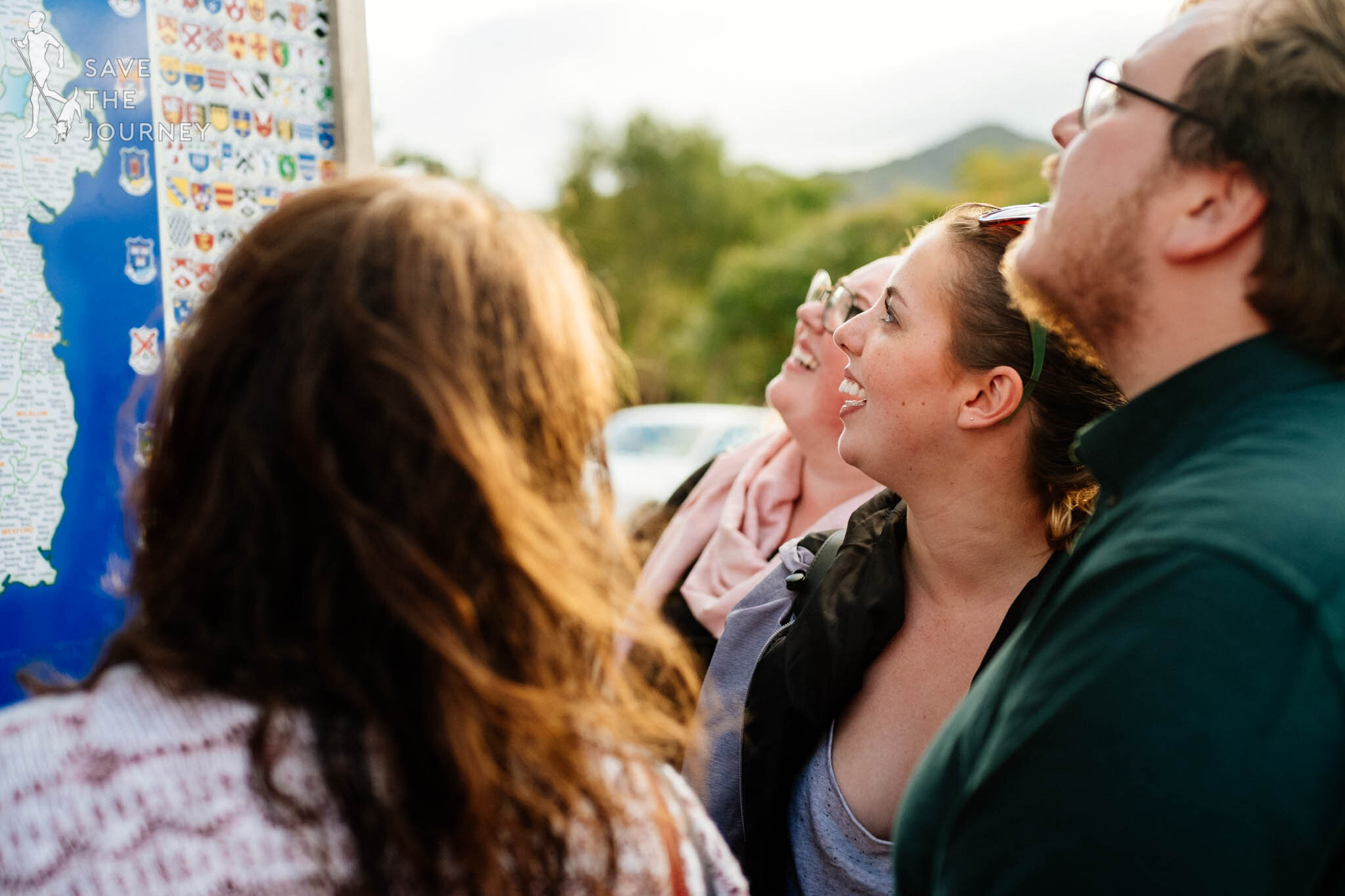I have a lot of love for compact, super wide angle lenses. A lot of love!
When I was still photographing with the Fujifilm system, one of the first lenses I bought for it was the Samyang 12m f2.0 (review here). Except for the weird distortion and the plasticky feel of the lens, I loved everything else about it. It was pretty compact for being the lens it was, and on top of that; it was super affordable, almost cheap. So I had no qualms throwing it around, really closely to the action. Like I did with the basketball game here. Yet, it could still hold up really well for professional work, like photographing for real estate agents (photos and review here).
At the end of last year I decided to move to the Sony eco-system. I got a great deal on an A7 III with the Sigma 24-70mm 2.8 DG DN. My priority then was to find the perfect 35mm lens for me. And I did. Eventually. And then a ±50mm.
I was really happy with those three lenses, and then I realized, there aren’t really any lenses directly equivalent to the Samyang 12mm f2.0 in the Sony system. Sure, there is the Samyang 18mm f2.8, but personally, I don’t find the image quality on par with the 12mm, and the weirdly coloured vignetting really turned me off. Distortion was also poor.
Add to that, that the quality control of Samyang’s autofocus lenses seems to be an absolute mess as well, which is such a shame because I have absolutely loved their manual focus lenses on the Fujifilm system (especially the Samyang 21mm f1.4 and the Samyang 35mm f1.2 - reviews here and here). Not just that, but their other autofocus lenses, like the Samyang 75mm f1.8, the 85mm f1.4 mkI (not so much the mkII) and the 50mm f1.4 mkII all produce absolutely beautiful images. Living in Cork though, a very small city in Ireland, we don’t have access to any of the large photo stores, so I’m always stuck just buying lenses of the internet based on reviews. The returns process can then turn into a real mess, really quickly, and it’s difficult to judge how well these Samyang AF lenses are built. Will it die on me or cause freezing issues with my camera at the pinnacle of the wedding shoot; the first kiss? I’ll give them a try at some stage, but for now I’ll stick with the Sony, Sigma and Zeiss lenses. They’ll be reliable for sure.
I have always had a soft spot for Voigtlander. I think they produce some amazing lenses, and wished they would start making some autofocus lenses too.
I came across their Voigtlander 15mm f4.5 III Heliar lens one day. Checked out some photos online, and man, this is one hell of a lens! The build quality is impeccable, the image quality is fantastic and it’s just a really nice looking lens. That’s what really stood out to me actually, was just how beautiful the lens looks. I love the focus rings, with the large cut outs for a nice grip. So much better than using rubber, especially the rubber that Zeiss uses on their Batis line up! And it gives the lens that timeless and classic look.
The built-in hood is so classy looking too. Never mind practical. The font is so clean. And the de-clicking of the aperture, it is a feature I will never use, however, I can appreciate how well this system has been integrated into the lens. Simply push the ring underneath the aperture ring towards the lens hood and twist it 180 degrees, till the yellow marker is on the front side, instead of the white dot. That’s it. Simple as.
De-clicking aperture ring
“Simply push the ring underneath the aperture ring towards the lens hood and twist it 180 degrees, till the yellow marker is on the front side, instead of the white dot.”
Distortion
The one thing, that really bothered me about the Samyang 12mm was the distortion. In portrait and action shots, it was fine, but for architectural work, it was really annoying. I’ve seen the distortion described online as a “moustache style”. If that’s really true, it would make a lot of sense, because I was never really able to fix it in post in a way that I was 100% satisfied with.
Which is why I was delighted to read that this Voigtlander has no distortion at all! I was very surprised by that. Much less so when I imported it into Lightroom, applied the lens correction and it did indeed correct for distortion. Ok, it’s only a tiny little bit, and it’s impressively well corrected before digital corrections. But finally I didn’t have to mess around with the manual distortion corrector in Lightroom! So a big thumbs up from me on this point!
Vignetting
What is odd though, and I can’t find an exact explanation on why this is, but for some reason this seems to be the only lens in the world where stopping down the aperture has absolutely no impact on the vignetting. It will vignette just as much wide open at f4.5 as it does full closed at f22, and everywhere in-between. Not a big issue, just strange. It’s always nice to have the option of minimized vignetting for certain shots, but obviously, Lightroom exists.
Image Quality
What I really like about this lens is that optically, it fits in perfectly with my two favourite lenses; the Sony Zeiss 35mm f1.4 and the Sony Zeiss 55mm f1.8. The colours, the contrast, micro-contrast, sharpness, etc. This is a beautiful trio to use together. Whereas, in comparison, photos taken with my Sigma 24-70mm f2.8 stick out like a sore thumb. Although any of the current zooms would. I’d say the Tamron 28-75mm f2.8 G2 would probably come the closest though. But regarding the image quality, it’s all thumbs up from my end.
Also, the lack of CA is a dream! Especially compared to the above mentioned Zeiss lenses.
Miscellaneous Positives
The compact size is great, and compared to the manual focus Samyang lenses I have used before on the Fujifilm bodies, this lens has electronic connections. It’s a minor thing, and I would definitely be able to identify this Voigtlander lens in Lightroom library just by being such an extreme wide-angle. But just having the actual EXIF info is such a nice, little benefit and makes for easy digital corrections.
Quite a bulbous front element, but it easily fits filters.
Miscellaneous Negatives
Now this is a very personal negative. I don’t know how many people will share this complaint with me. What I don’t like about this lens is that it is difficult to focus when using it as a ‘throw around lens’.
The Samyang 12mm was so great at f5.6 because everything was in focus. The depth-of-field was so large. Due also to the APS-C sensor. So I’d just chuck a flash on the camera, set the focus at about a meter, and that was it. The (supposedly) purposefully stiff focus ring on this lens ensured a set focus point even after having a few drinks and dance or two.
By moving up in sensor size and focal length, the depth-of-field is narrower and the infinity point is at a greater distance. The latter is a topic that is rarely brought up in depth-of-field conversions across different sensor sizes. Yeah an Olympus 25mm f1.2 is roughly equivalent to a Sony 50mm f2.5 if you have your subject 80cm away. But what about 3m? With the Olympus you’ll already have maxed out your focus distance and hit infinity so there’s no way of blurring the background anymore. The Sony would still have a little bit in it.
With the Voigtlander, it’s the same issue just in reverse. At night or in dark situations, for me, it’s just not as easy and fun as the Samyang 12mm was. Suddenly I have to pay attention. The photos wouldn’t be massively out of focus, but enough to annoy me.
I’ve tried stopping the lens down to f8-11. It helped, but didn’t seem to cure the issue. The side-effect of that also, is that you need to power up the flash a lot more, and you end up blinding all of your friends.
I also found it to be a little bit too wide for me, didn’t think there would be such a difference in angle-of-view between an 18mm and a 15mm. I really wish this was the lens for me and it really could have been. After owning it for about 6-9 months, I have decided to sell it (if I can). For now the wide end of my zoom, will do me fine and if I need a super-wide angle again, I will maybe opt for the Tamron 17-28mm f2.8 or the Zeiss Batis 18mm f2.8.
Verdict
If you do enjoy this focal length though, I’d 100% recommend getting this lens! But I’m such a Voigtlander and Zeiss fanboy, so maybe don’t take me too seriously.


